I have lived in Colombia all my life since the early 1980’s. In that time I can recall the terrible drug wars of the 1990’s that engulfed my country, and made Colombia one of the most dangerous countries on earth. One of my more vivid memories from that time, is my hysterical mother frantically calling relatives in Bogota after hearing news that a bomb had destroyed her brothers place of work.
I have also experienced street level crime myself throughout the years. During the most recent of these incidents, I was robbed at gunpoint; while pregnant; on a bus; in broad daylight; a few hundred meters from the National Police Command Center. As we say in Spanish – asi es la vida! (that’s life).
If you have a discussion with someone who has been to Colombia on vacation, you may have heard a common theme “oh Colombia its safe to go there now”. I have heard it myself many times from returning travelers overseas. Its a worrying mindset to have in a country that still ranks among the most dangerous countries not at war. These people no doubt come to Colombia and get home safely by pure luck of the numbers rather than judgement. Its reassuring to meet veteran travelers and expats who understand the complexity of the current situation in my country.
I dont advise against travel to Colombia by any means. In fact most visits to our country occur without incident. But its a numbers game, and a percentage of both residents and visitors will be exposed to crime throughout the year. Not only will those crimes in some cases turn violent. They may also result in murder. Its a shocking fact that in 2016 more tourists were murdered in Medellin than the total number of murders in our editors home city in the UK.
Lets take a look at some Colombia statistics to see if we can get a further idea of the situation in Colombia.
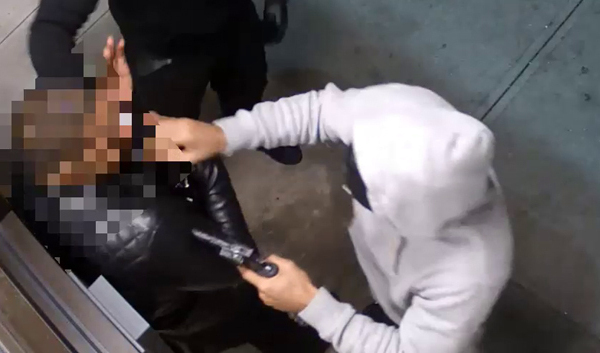
330% increase in Street Robberies
Street crime is a major threat for visitors, as well as residents. In the last five years street robberies in Medellin have increased 330% from 2,645 recorded complaints in 2012, to a staggering 11,315 complaints in 2016. These statistics are taken from filed police reports of street robbery complaints in Medellin, so the real figure is likely to be much higher as many street thefts go unreported. According to the Medellin Convention & Visitors Bureau foreign visitors to the city have increased by 24% year on year, where as the street robbery statistics have increased up to 50% in an upward trend over the same period. These upward trends can be observed in the other major cities of Colombia.
The problem with street robberies is the perpetrators are usually armed, and violence can escalate quickly. If confronted by an armed assailant you should comply. This generally means losing anything valuable you have on you at the time. Phone, wallet, rucksack, handbag, passport, and depending on the situation robbers can pat down the pockets themselves searching for valuables. You should remain calm, and make no sudden movements which could spook your attacker and cause an unnecessary escalation.
Of Course prevention is better than cure, and avoiding a confrontation is the better option. We have a saying in Colombian “no dar papaya”, literally don’t give away the papaya. It basically means do not make it easy for the robbers. Don’t flaunt your belongings, or valuables in the street.
In 2016 at least five foreign visitors to Medellin were murdered.
Medellin is a popular destination for tourists because it is a very beautiful city. Probably one of the more cleaner and efficient Colombian cities, with good shopping and nightlife. The increase in street crime brings the added danger of an increase in violence towards tourists. The following are a list of foreigners murdered in Medellin in 2016.
Tomas Willemoes, 41, a Danish national and freelance journalist was shot dead at close range in a central plaza. The reasons for the murder are unknown. Police initially stated he was involved in the sex tourism industry, but no further evidence has been found.
Izaki Ryo , 22, was murdered by two minors who robbed him at gunpoint. The Japanese tourist had only arrived in Colombia the same day he was robbed of his tablet and cell phone. As the robbers fled Izaki Ryo pursued them and tried to apprehend one of the assailants. They shot him dead.
Shay Azran, 37, an Israeli national was shot twice in the head as he rode a motorcycle for the Laureles area of Medellin. The murder was a gangland style execution. Police believe Mr Azran was involved in the local sex tourism industry – renting apartments for use by local sex workers as part of an organised crime group.
Jesús Estrada de La Rosa, 48, was a Mexican national visiting friends in the Belén Los Alpes neighborhood, when three men tried to steal a local residents motorcycle. Estrada tried to intervene to prevent the theft and was shot twice in the head and once on the abdomen. He later died of his injuries.
Anthony Hasselbach, 49, an Australian citizen living in Medellin for less than a year was found dead just outside the city limits with two gunshots wounds to the head. With his wallet, watch and papers still on the body, police believe this to be another gangland execution related to the facilitation of sex tourism.
The theme of foreign visitors or expats being killed in Medellin generally follows a similar pattern. the victim is either involved in criminality or is resisting a robbery. I would hope my readers are not part of any organised crime groups, but even low level criminal activity such as purchasing drugs or sex can expose you to unsavory characters. It is advised you refrain from all criminal activities while visiting Colombia for your own protection.
A few other incidence of tourists being killed while resisting armed robbers in Medellin include –
John Mariani, 65, of New York, shot dead resisting a robbery.
Denis Ian Levy, 58, a U.S tourist killed while resisting a robbery at his hostel.
Frederick Garcha, 22, a British citizen shot and killed during a robbery for his gold chain.
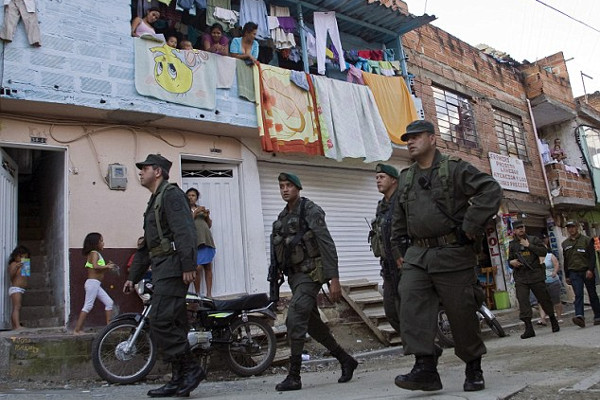
The Medellin Murder Rate
Medellin gained its reputation as the most dangerous city in the world due to its incredibly high murder rate. At its worst in 1991 Medellin saw 6,349 violent deaths in the city. At that time the city had a population of approximately 1.6 million people. This murder rate of 396 murders per 100,000 citizens was the highest in the world, and the reason Medellin was dubbed the global murder capital.
Why So Many Murders?
The country was locked in a gruesome conflict between the Cartel de Medellin and the state. Armed groups affiliated with the cartel began to disintegrate in 1991, and discipline broke down creating a power struggle. As different narco factions battled with the state they also battled with each other, causing the huge spike in violent deaths.
How Did This Murder Rate Affect Tourism in Medellin?
Well Medellin was not a tourist destination at that time, as you can imagine. Statistics like this only deterred any potential visitors. The majority of these deaths were committed between criminals, or involving the Colombian state. Murders may also have occurred due to the lack of effective law enforcement at the time, due to the local police force being either corrupted or under siege.
How Has it Improved?
Today the murder rate has declined significantly. In 2016 there were 534 homicides reported in Medellin which has grown in population to 2.5 million people. This huge drop is indeed a major breakthrough for Medellin in terms of global perception. But lets be honest it would have been difficult to get much worst.
The new murder rate keeps Medellin out of most top 50 lists of murder hotpots. Unlike its Colombian counterparts Cali, Cúcuta, Palmira and Armenia according to the world atlas website. This decrease is great for Colombian government to claim Medellin is safe. But safety of a city should encompass all threats, all forms of crime, terrorism, war and road safety for example.
Safe Around have calculated a peace index to consider all these safety factors and have Medellin at 34th unsafest city. Interestingly Bogota is the only other Colombian city in the top 50 above Medellin at 20th. This type of list is more ambiguous, but it is interesting that two cities that have reduced their murder rates drastically of late, are now suffering big problems with other forms of crime.
I have used the data for Medellin as an example but the same increase in street level crime can be seen across the country, especially in areas with increased tourism. Bogota for example has its own issues with street level crime.
Bogota Millionaire Rides
In Bogota a common trend in taxi related crime is a robbery know as the “millionaires ride” (paseo millonario). Where a lone victim hails an unscrupulous taxi on the street. The driver will then stop abruptly during the journey to allow his accomplices to enter the vehicle and rob the passenger. In some cases this can turn into an ‘express kidnapping’ another form of robbery where the victim is detained and taken to numerous ATM’s to withdraw money until the card is declined.
A well known case of a millionaires ride involving a foreign national in Bogota; was the murder of special DEA agent James “Terry” Watson (Source in Spanish). The agent was watching the NBA finals in a downtown bar at night, and hailed a taxi in the street. On the journey two men who were following in a tail car entered the taxi. Agent Watson fought with the assailants and was attacked with a tazer and knife as he escaped and fled from the taxi. He collapsed and died near the scene from stab wounds. Due to the political nature of the crime, the assailants were captured and extradited to the U.S.
Most incidence of millionaires rides dont end in a fatality. Maybe Agent Watson feared he was being kidnapped by narcos or guerrillas due to his position. Or maybe it was just his instinctual training to defend himself. It is always best to comply when you have no way out. To reiterate; in Colombia violence can escalate quickly.
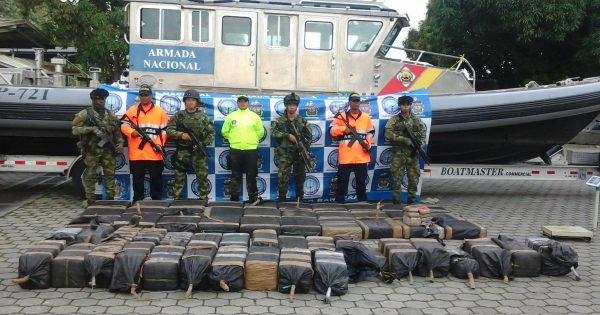
Future Outlook for Colombian Security
The Colombian conflict between government forces and left wing guerrillas has been ongoing since 1964. In 2016 a peace agreement was reached between the two sides. Now analysts are concerned Colombia is heading for a post conflict slump, and possible regression into increased levels of crime and violence. With the political instability in the U.S and Europe, its not a such a stretch of the imagination that Colombia could be undermined once again.
I am no big fan of our Nobel prize winning President, Juan Manual Santos, but nobody can deny we have experienced a prolonged period of stability and security under his stewardship. One of our biggest uncertainties is the Colombian elections in 2018. With no clear front runner for the election, we have no real idea where we are heading. This is compounded by the fact we have armed groups demobilizing, and in need of reintegration into society. Some of whom are also standing in next years election.
A Northern Ireland Comparison
As a comparison, the troubles in Northern Ireland between the British Government and the Irish Republican Army may give us an insight into how such integrations play out. Having signed their own peace agreement in the 1990’s, the Irish armed groups demobilized and disarmed. What happened to all the republican and nationalist paramilitaries afterwards? In some cases generations of combatants, with a high degree of power and respect in their communities. Could they just return to normal life?
Security experts and local government officials in the UK recognize that members of these organisations remain active and involved in criminality. More worryingly, members who did not agree with the peace process formed new dissident groups with similar or more extreme political aims than the original organization. This continues some 30 years later.
We can see a similar pattern taking taking place in the outreaches of former FARC controlled territory. Dissident FARC rebels who did not agree with the peace process, and in most cases have been thrown out of the organisation, remain armed and resistant in their jungle strongholds. A case in point is the recent killing of dissident Farc rebel leader, alias Euclides Morain, in the Colombian province of Guaviare by Colombian security forces. Operations are ongoing against such dissident groups, who the government claims are involved in drug trafficking activities.
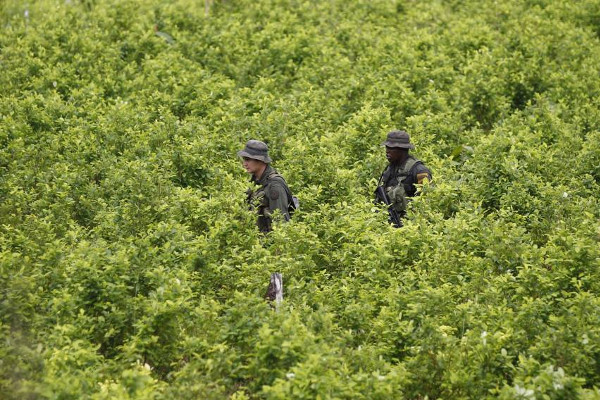
Record Colombian Cocaine Crop
Dissident narco activity may in part explain another worrying trend; the record breaking amount of Colombian cocaine produced in 2016. Various international agencies measure the amount of cocaine produced by estimating coca crop size for the year. The United Nations Office on Drugs and Crime (UNODC) estimates 146,000 hectares of coca was cultivated in 2016. This makes the 2016 crop the biggest Colombian coca cultivation on record. The U.S Office of National Drug Control Policy (ONDCP) released their own figures earlier in the year and estimated that Colombia produced 188,000 hectares of coca. Insight Crime, a well respected Medellin based media agency who investigate and report on organised crime, have undertaken their own extensive studies. They believe the White House figures to be the most accurate, making the coca yield even greater.
Donald Trump the embattled U.S president, has proposed to cut foreign aid to Colombia by $140 million. The biggest cut in 32 years (inflation adjusted). Colombia is one of U.S key allies in South America, due to its mutual interests in the war on drugs and against communism in recent history. However, we cannot blame president Trump entirely for reducing aid, this is a trend that has been ongoing for the last ten years. This just happens to be the biggest decrease in aid, at a time when the security situation is in a fragile and unpredictable deadlock.
Conclusion
Colombia is no longer a war zone which is good. We no longer have an out of control drug war with criminals killing civilians, police, military personnel, judges, journalists, politicians and presidential candidates which is also good. But back then it was a virtual no-go zone. Because we are no longer in that situation does not mean we dont have serious security issues and risks. These risks endanger not only ourselves, but foreign visitors also.
Street level crime is a big issue and in some cases spiraling out of control once again. This is due to our under funded and over worked police force not being able to cope. They are a modern and well trained police force, and I hope in most cases they will help you if they see you in danger. But they struggle to answer all emergency calls, and response times are often long.
As more tourists visit Colombia they present an opportunity for Colombian criminals, and are often seen as easy pickings. Please don´t come with a gung-ho attitude that you wont let anyone rob you. Your possessions are not worth your life. If you are sentimental about your wedding ring or your favourite gold chain, keep them well hidden or leave them at home. Prevention is always better than cure, and we dont want visitors to our country ending up another statistic.
As I said previously, I dont want to put people off coming to Colombia. Its a beautiful country with wonderful people. But you must be aware of the risks, and be aware of your situation and surroundings at all times.
Hope to see you in Colombia soon. Stay safe!
Harbinger of doom, or sensible advice? Let us know what you think in the comments below.

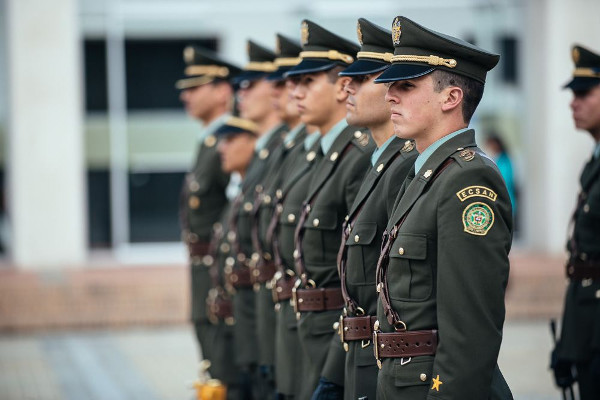
Hi Alena, great article. Colombia has improved security. But still must be careful. best wishes.
Thanks for your comment Thomas.
Oh no. I go Colombia soonest.
I am sure you will have a great time Margarita. Stay safe and follow our advice and any travel warnings from your home country.
As an American I was raised to never give up anything without a fight. But you make a good point.
Thanks for the comment T.Waller. Nobody likes to give up their hard earned money to robbers. But its certainly not worth losing your life over.